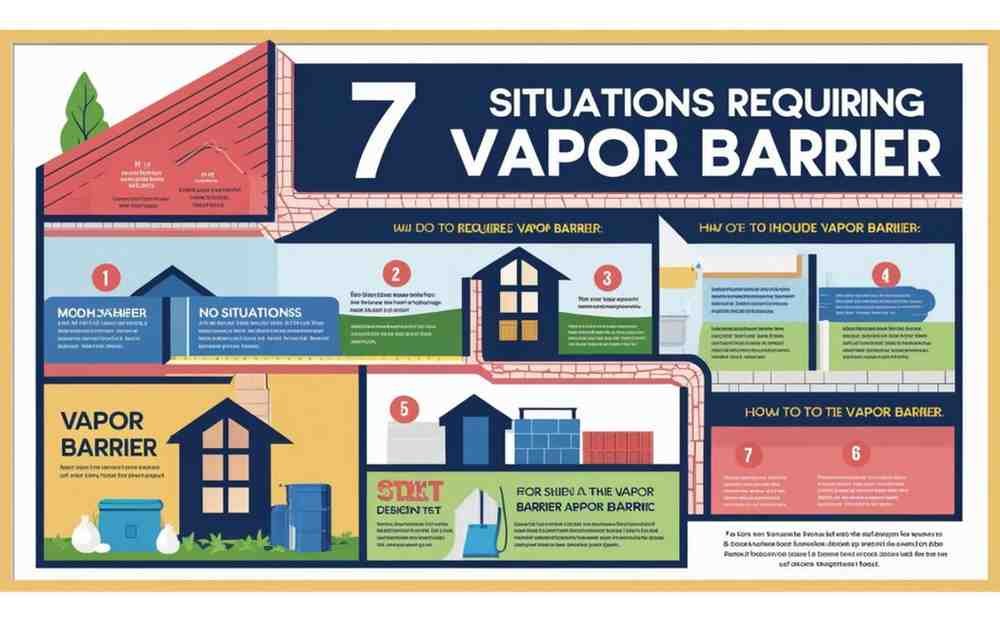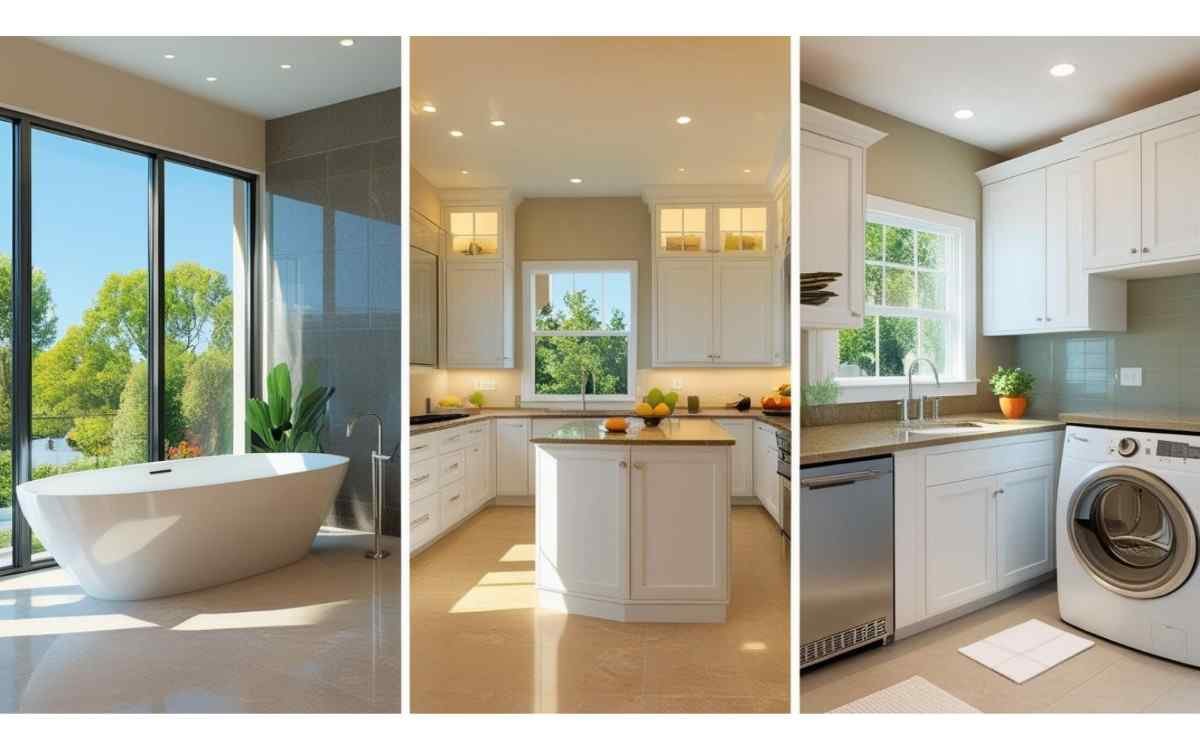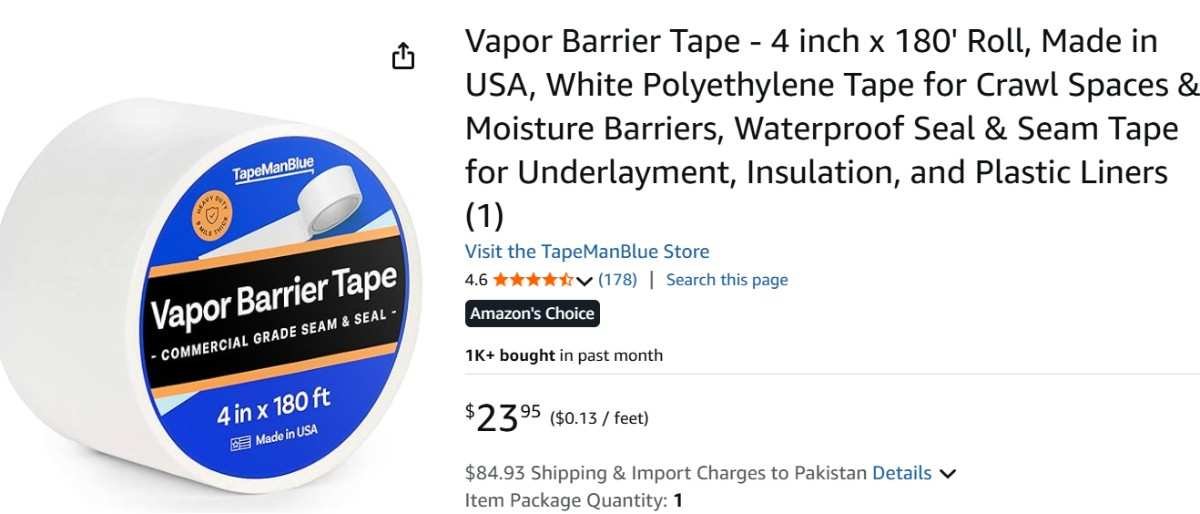Some things in home building are optional.
Paint colours? Your call.
Tile pattern? Go wild. But a vapour barrier? That’s one of those silent decisions that can either save your walls and floors from slow, hidden disaster… or turn them into a mouldy nightmare. The tricky part?
It’s not always needed. It’s not like “you must install one in every single wall ever.” No. Sometimes adding one in the wrong place actually causes more harm than good. So let’s break this down — casually, honestly, and with enough real-life examples to make it stick.
First Things First — What on Earth Is a Vapour Barrier?
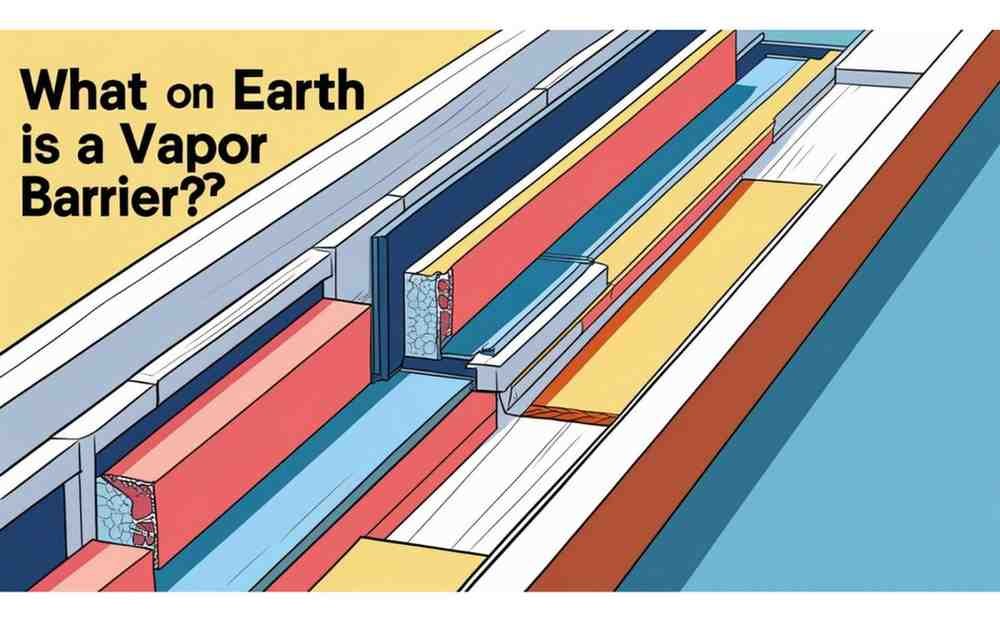
Your house is breathing. Like invisible fog that drifts through ceilings and walls, moisture is trying to find its way in. It is basically the bouncer who stands at the door of the club. It stops unwanted water vapour from getting in where it shouldn’t. It’s usually a plastic sheet (like polyethylene), special foil-backed drywall, or a moisture-resistant coating. It’s not about stopping air. That’s an air barrier’s job. This one? It’s all about controlling vapour diffusion — the slow movement of moisture through materials. And it matters more than you think.
Why People Mess This Up So Often
Here’s where the fun (and pain) starts.
A lot of homeowners — and even some contractors — think “more is better.” So they slap a vapour barrier on every wall, every ceiling, everywhere.
Guess what happens?
You trap moisture inside the wall. Now the wall can’t dry. Mould sets up camp. Wood rots. You will notice that your insulation begins to smell of a wet, muddy dog. A vapour barrier does not work for everyone. It’s a tool for specific conditions. Get those conditions wrong and you’ve just built a perfect mould factory.
Climate Matters — The Number One Decider

Let’s talk climates.
- Cold climates are those that have a colder temperature (think Minnesota or Canada, and Alaska). The moisture in the home wants to go outside. You need to install a vapour barrier on the warm insulation side, which is usually inside your walls. This will prevent moisture from entering the cold cavity of the wall. Tropical climates with high humidity (think Florida and Louisiana). Moisture is now trying to enter your air-conditioned, cool interior from outside. The wrong side of the vapour barrier can cause your drywall to be destroyed by moisture.
- Mixed Climates (spring and fall swings) Sometimes you need a smart vapour retarder — a material that changes permeability depending on humidity. That’s fancy talk for “let’s walls dry both ways.”
So yeah… climate is the boss here. Without understanding it, you’re guessing.
When You’re Building a Basement or Crawl Space
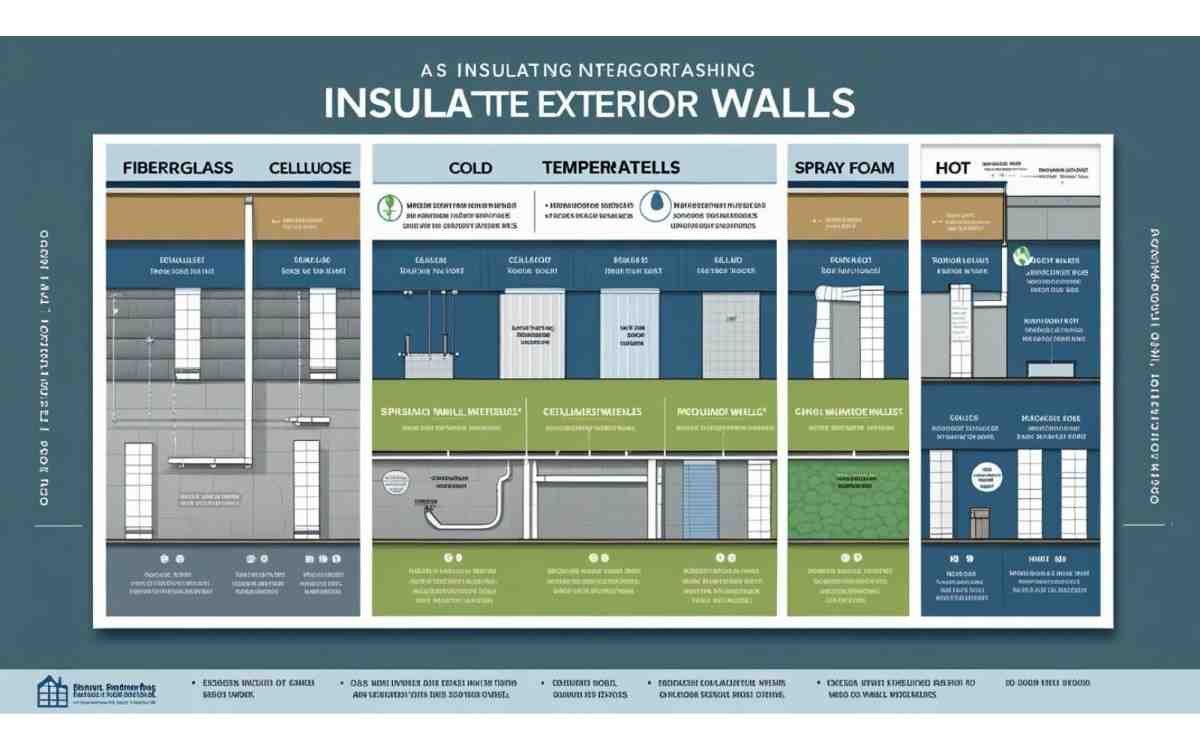
This is where the vapour barrier becomes a superhero.
Why? Because basements and crawl spaces are natural moisture magnets.
Concrete might look solid, but it’s a sponge. Water vapour will migrate right through it if you don’t block it. That’s why, before pouring a slab, builders lay down a thick sheet of polyethylene under the concrete.
And crawl spaces? Oh boy. The damp ground beneath your house is constantly sending moisture upward. Without a vapour barrier over the soil (and sometimes on the walls), you’ll end up with wood rot, insulation sagging, and a permanent musty smell that no candle can hide.
Bathrooms, Kitchens, and Laundry Rooms — The “Splash Zones”
Ever wonder why bathroom walls sometimes bubble or get mouldy even when you thought they were painted with moisture-resistant paint? Steam. There’s a lot of it. The moisture vapour that can be trapped inside a wall can sneak through tile grout and drywall seams. A vapour barrier is essential behind wallcoverings (such as behind shower tile backing board). It protects framing from daily steam attacks. Kitchens (near dishwashers) and laundry rooms also benefit — especially on exterior walls in cold climates.
When Insulating Exterior Walls in Certain Climates
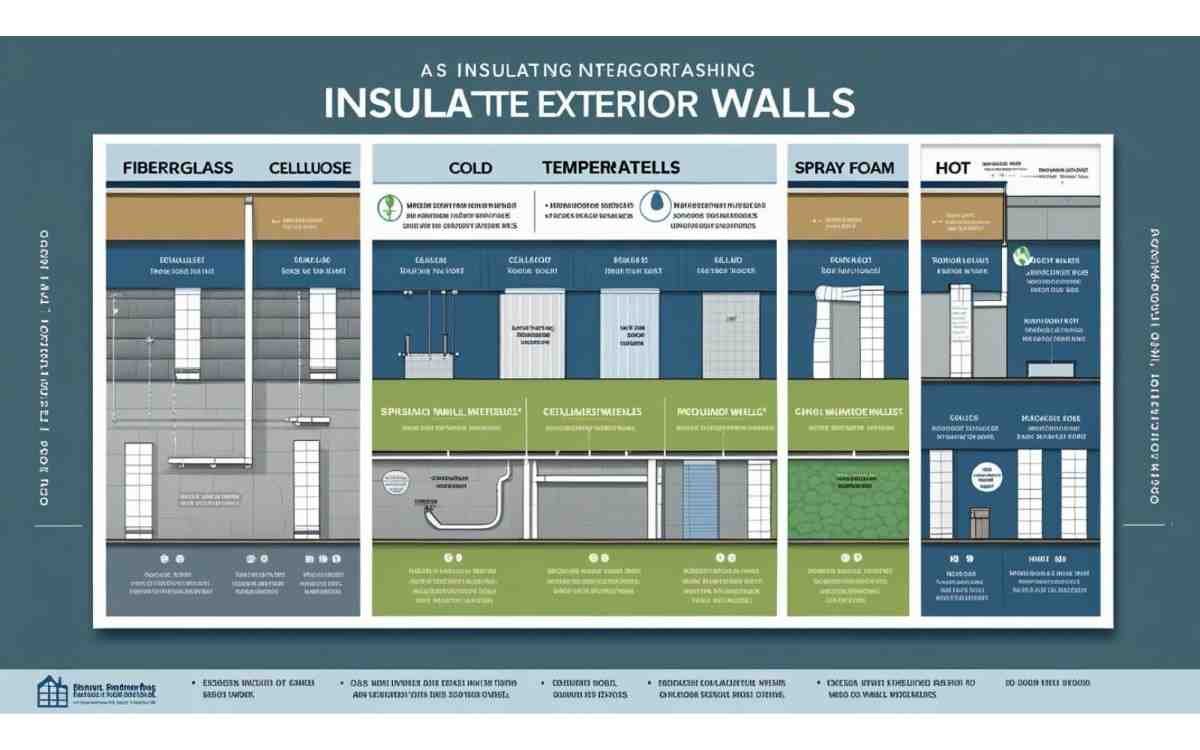
If you’re adding insulation to an old house, you can accidentally create a moisture trap.
Say you’ve got an older home with leaky walls. Moisture could always escape… until you add modern insulation. Now that the drying path is gone, and if vapour still sneaks in, it stays trapped.
This is when you talk to someone who actually understands building science — and possibly add a vapour barrier in the right location for your climate zone. Done wrong, you’ll be replacing drywall in a few years.
New Construction — Get It Right Before the Drywall Goes Up
In new builds, you get one golden chance to place the vapour barrier correctly. Once drywall’s up, your options shrink fast.
The decision here isn’t just “add or not.” It’s where to put it. Inside? Outside? Use a smart membrane? It all depends on climate, building design, and the materials in play.
Mess this up during construction, and you’ve baked a problem right into the walls.
The Big Mistakes People Make With Vapour Barriers
Let’s be blunt.
Most vapour barrier disasters come from three bad moves:
- Installing it in the wrong climate location
- Using it where a wall needs to dry both ways
- Thinking thicker is always better.
Remember: it’s not about sealing everything. It’s about controlling moisture movement in a way that lets the building dry out when it needs to.
Signs You Might Have Skipped One When You Shouldn’t Have
- Musty smell in walls or floors
- Paint or wallpaper peeling in odd spots
- Black mould in wall cavities
- Cold floors over crawl spaces
- Persistent dampness in basements
If you’re seeing this, a vapour barrier might have been your missing hero.
The Bottom Line — Don’t Guess

The idea of a vapour barrier sounds simple. Plastic sheet. Stops moisture. Done.
But in reality? All in one, you’re combining building science with climate knowledge and future-proofing. Speak to someone familiar with your building codes and local weather patterns if you are unsure. You’re no longer just fixing the wall once you get moisture in an unsuitable place. You’re fixing the entire hidden ecosystem behind it.
Trust you don’t want that bill.
Key Takeaways — Vapour Barrier Quick Guide
- Cold climate? Inside the wall on the warm side.
- Hot, humid climate? Usually outside the wall, but it depends on the design.
- Basements & crawl spaces? Always use one under slabs or over soil.
- Bathrooms & kitchens? Protect “splash zones” behind finishes.
Never block both sides — walls need to breathe.

